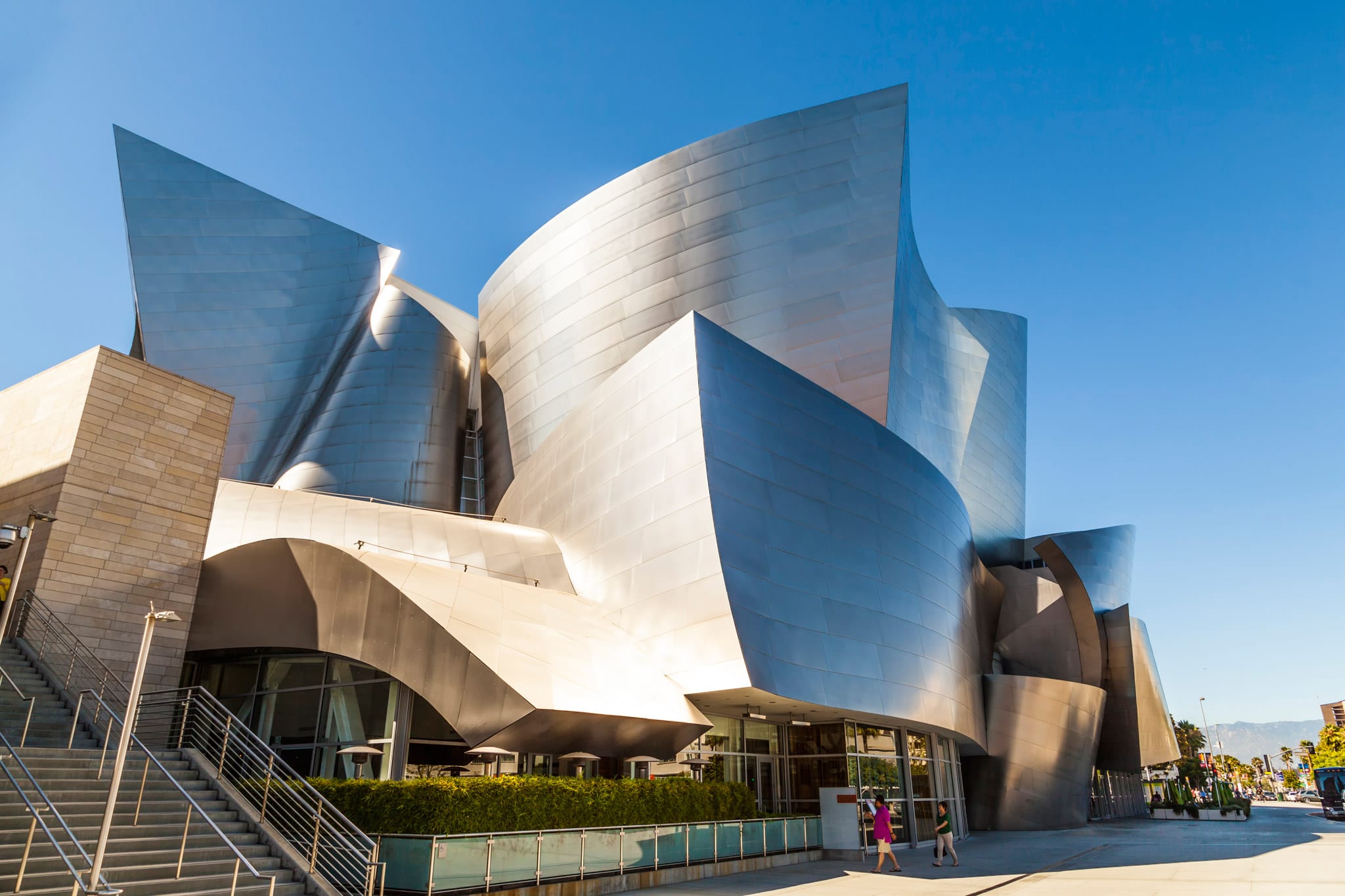The Impact of Technical Developments on the Design Practices of Contemporary Architects
The rapid development of technical tools has actually dramatically reshaped the style landscape for modern architects, promoting extraordinary levels of advancement and sustainability. Discovering these characteristics discloses a nuanced interplay between modern technology and traditional design approaches, triggering a better assessment of what the future holds for building techniques.
Advancement of Architectural Devices
Just how have building tools transformed the layout and building processes over the centuries? The advancement of building tools has actually substantially affected the efficiency, precision, and imagination of design and building and construction.
With the development of the Renaissance, the introduction of the compass and the protractor noted a critical shift. These devices enabled engineers to accomplish higher accuracy in their designs, promoting the introduction of more complex and proportionate structures. The Industrial Transformation even more revolutionized architectural exercise with the intro of mechanized devices and materials, permitting larger and extra ambitious jobs.
In the 20th century, the development of computer-aided style (CAD) software transformed the landscape once more, supplying architects with unmatched capabilities in modeling and visualization. Today, advanced devices such as Building Details Modeling (BIM) and parametric design software application proceed to push the limits of building innovation, allowing an extra integrated method to layout and construction processes.
Boosted Collaboration in Design
As technology continues to progress, improved cooperation in layout has actually come to be a keystone of modern architectural practice. The integration of digital tools such as Building Information Modeling (BIM), cloud-based platforms, and advanced visualization software application has transformed the way architects, engineers, and stakeholders interact throughout the design procedure. These devices promote real-time interaction, permitting groups to share concepts, adjustments, and comments promptly, no matter of geographical area.

In addition, interdisciplinary collaboration has been streamlined with these technological improvements, allowing architects to work a lot more closely with various other experts, such as city coordinators and ecological specialists. The outcome is a more cohesive strategy to create that thinks about various viewpoints and proficiency. Ultimately, boosted collaboration in layout is not merely a trend; it is vital for developing ingenious, practical, and visually pleasing design in an increasingly complicated globe.

Sustainability Via Innovation
Sustainability in design has significantly come to be intertwined with technological technology, driving the market toward environmentally liable methods. Contemporary architects are leveraging innovative modern technologies to reduce environmental influence while improving the performance of structures. cda architects. One popular example is using Building Details have a peek at these guys Modeling (BIM), which permits for accurate preparation and resource allocation, lowering waste during building and construction and advertising energy effectiveness throughout a building's lifecycle
Additionally, smart products and energy-efficient systems are being integrated right into designs to maximize resource use. Technologies such as photovoltaic cells and environment-friendly roofing systems harness eco-friendly energy resources, contributing to minimized carbon footprints. Furthermore, the application of expert system in layout processes makes it possible for architects to imitate and examine energy usage, leading decisions towards even more sustainable end results.
The combination of lasting technologies not just aligns with worldwide ecological objectives but likewise fulfills an increasing demand from customers for environmentally friendly remedies. As architects accept these technologies, the focus moves in the direction of creating rooms that are not just aesthetically pleasing however additionally functionally sustainable, consequently redefining the criteria of contemporary style. This way, innovation works as a driver for sustainability, making it possible for engineers to design buildings that respect and boost the all-natural setting.
Challenges in Implementation
While technological improvements in design hold my response wonderful pledge for boosting sustainability, their implementation frequently comes across considerable obstacles. One key barrier is the high understanding contour related to brand-new technologies. Architects and construction experts may need substantial training to properly utilize advanced software and tools, which can delay project timelines and increase costs.
In addition, the assimilation of arising innovations, such as Building Information Modeling (BIM) and sustainable products, usually demands cooperation across multidisciplinary teams. This collaboration can be prevented by distinctions in experience, workflows, and interaction designs, resulting in potential problems and ineffectiveness.

Moreover, regulative structures and building ordinance might not equal technological improvements, developing ambiguity and potential compliance problems. This obstacle can discourage architects from completely embracing brand-new modern technologies, as the risk of non-compliance might surpass the benefits. Consequently, resolving these execution challenges is vital for the successful combination of technological improvements in contemporary architectural methods.
Future Patterns in Style
The difficulties connected with the implementation of brand-new modern technologies in style have actually prompted a reevaluation of future trends within the sector - cda architects. As engineers navigate issues such as sustainability, address urbanization, and social equity, they are increasingly taking on cutting-edge innovations to improve layout performance and environmental performance
One noticeable pattern is the combination of expert system (AI) in the style process. AI devices can examine large datasets to educate style decisions, boosting both creativity and functionality. Structure Details Modeling (BIM) proceeds to progress, allowing real-time collaboration amongst stakeholders and facilitating structured project administration.
Sustainable style techniques are likewise obtaining momentum, with engineers focusing on flexible reuse and regenerative design principles that decrease resource usage and waste. The incorporation of wise products and renewable power resources will additionally enhance the durability of structures in the face of climate modification.
Additionally, the rise of parametric style permits for more customized and context-sensitive building solutions (cda architects). By taking advantage of these advancements, architects are poised to develop constructed environments that not only deal with the prompt demands of culture but likewise expect future obstacles, therefore redefining the role of architecture in an ever-changing world
Final Thought
Technical improvements have significantly improved building style practices, facilitating boosted accuracy, partnership, and sustainability. The integration of devices such as Structure Information Modeling and parametric layout software program, together with artificial knowledge and wise materials, encourages designers to deal with complex obstacles much more effectively.
Comments on “How CDA Architects Incorporate Eco-Friendly Practices in Architectural Projects”